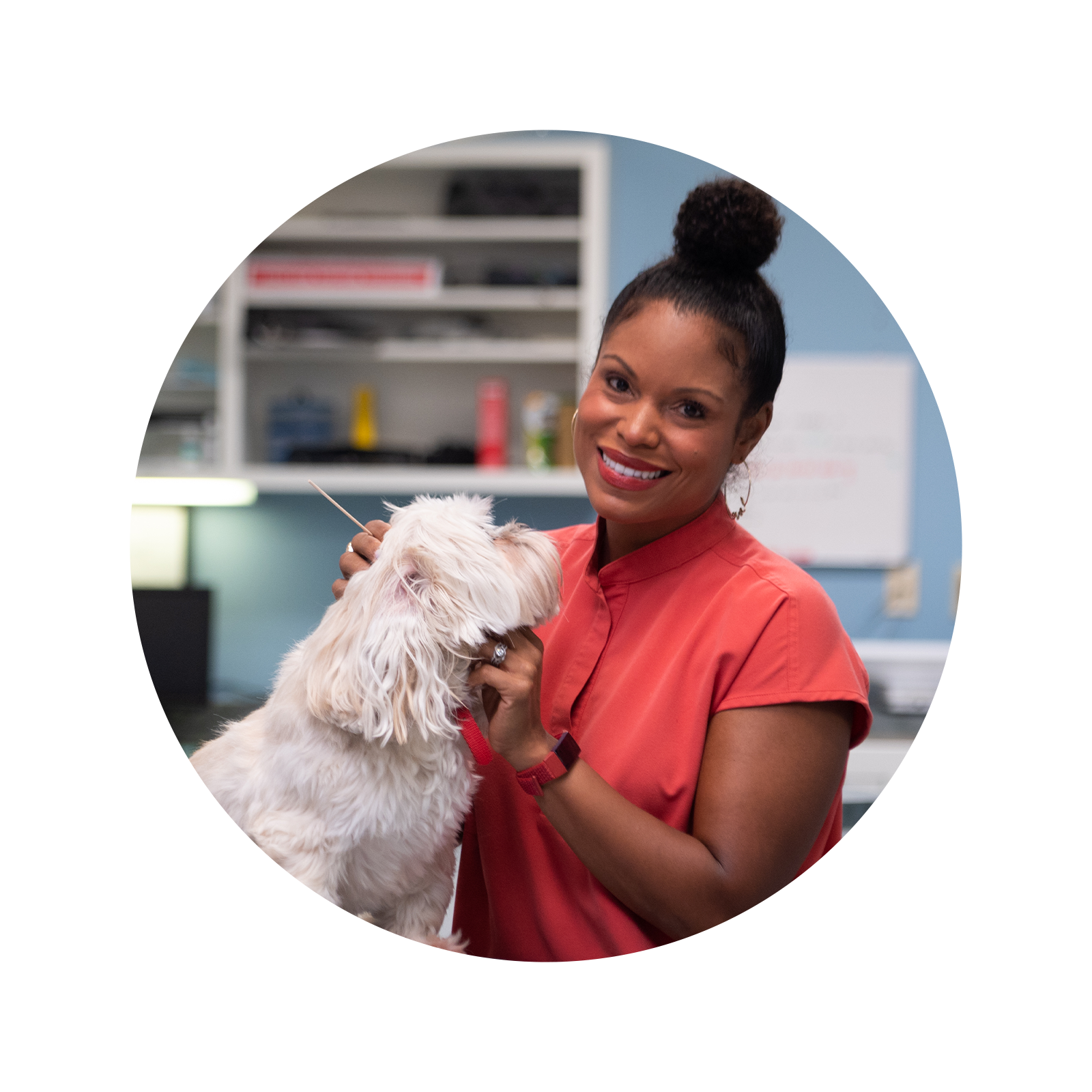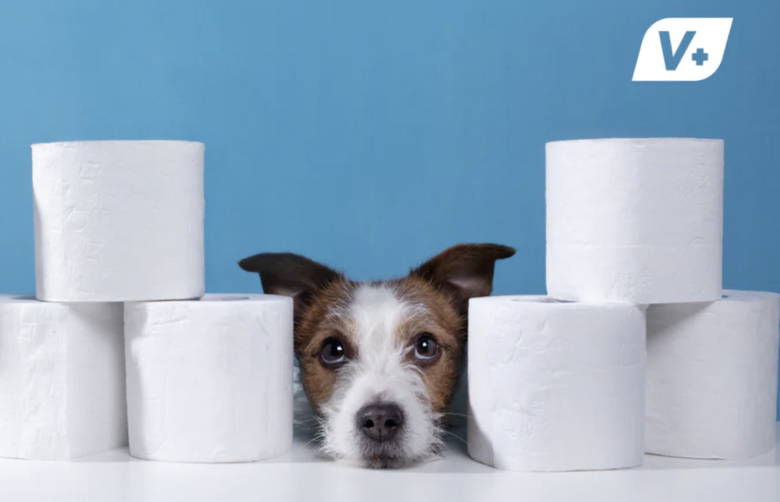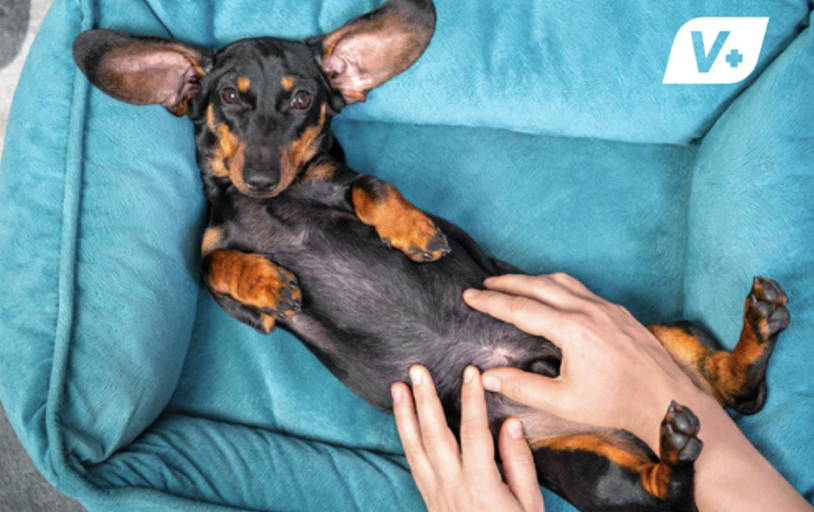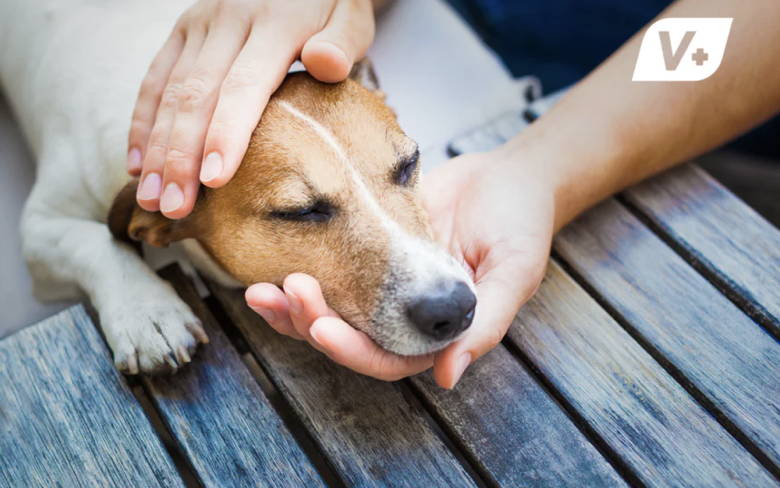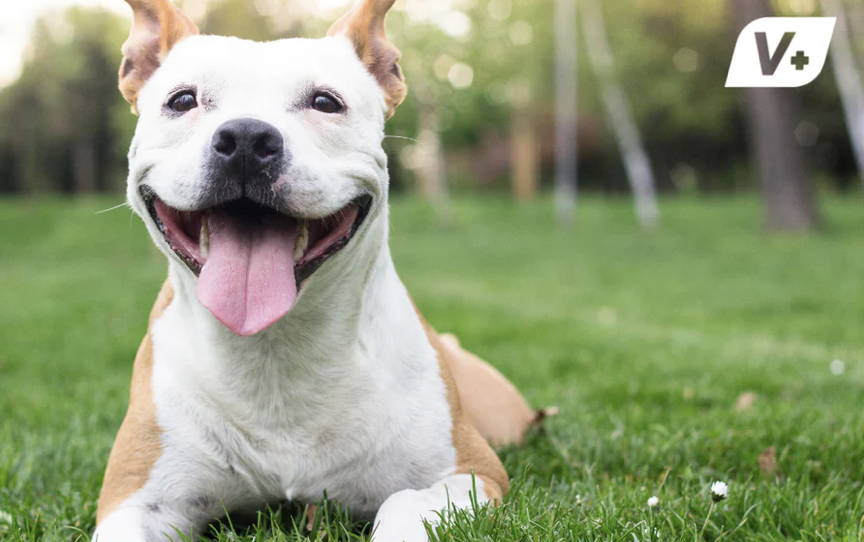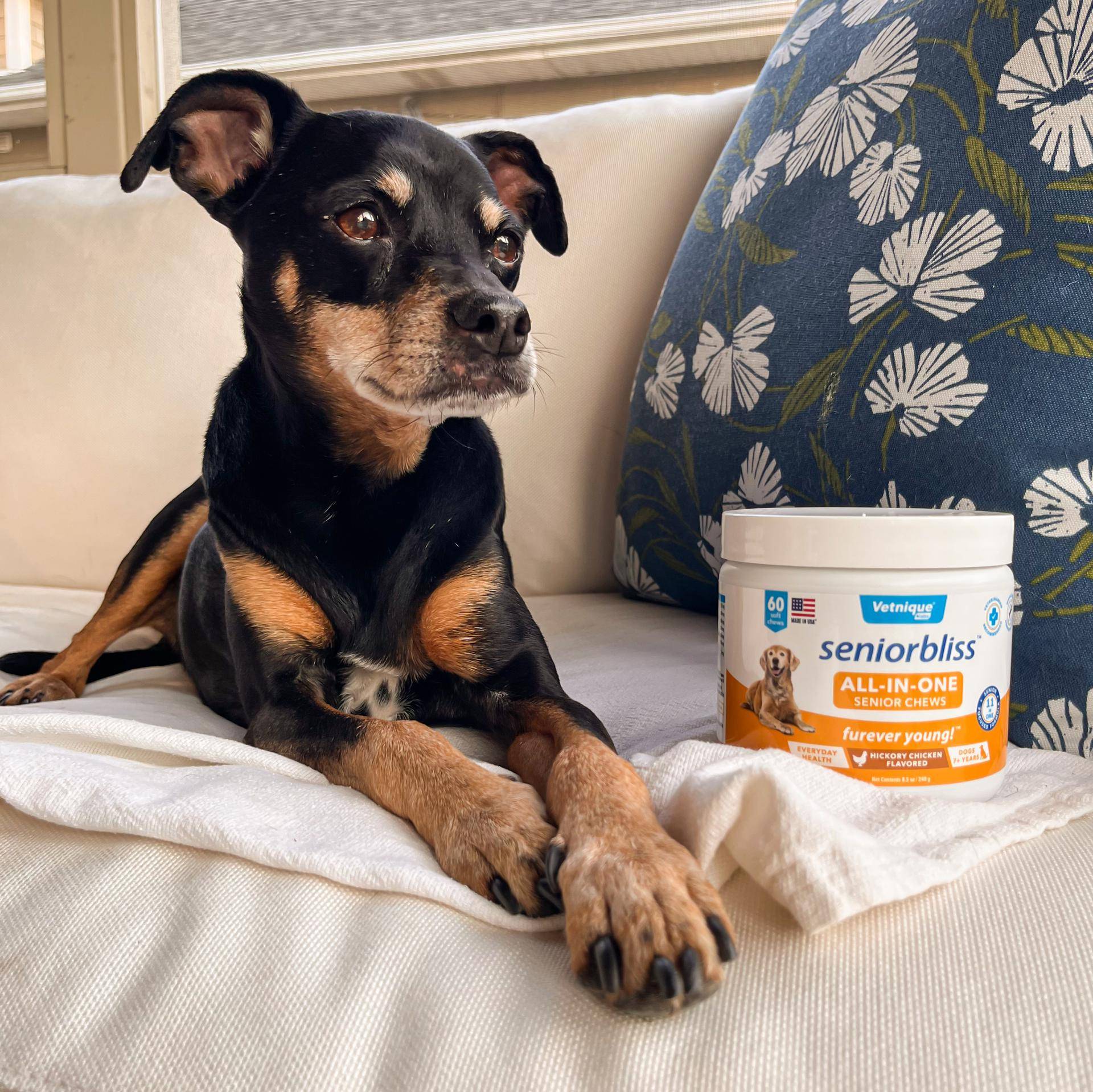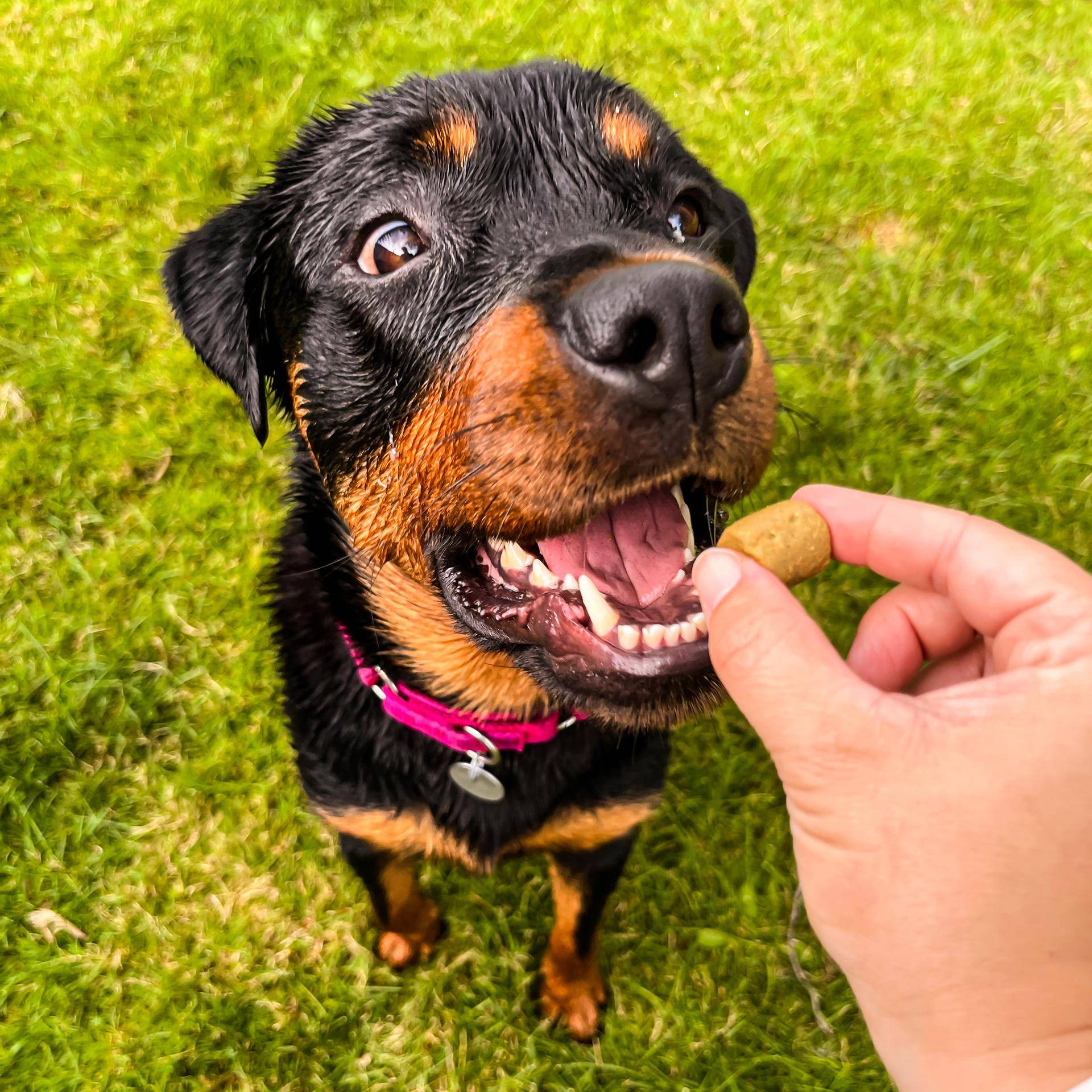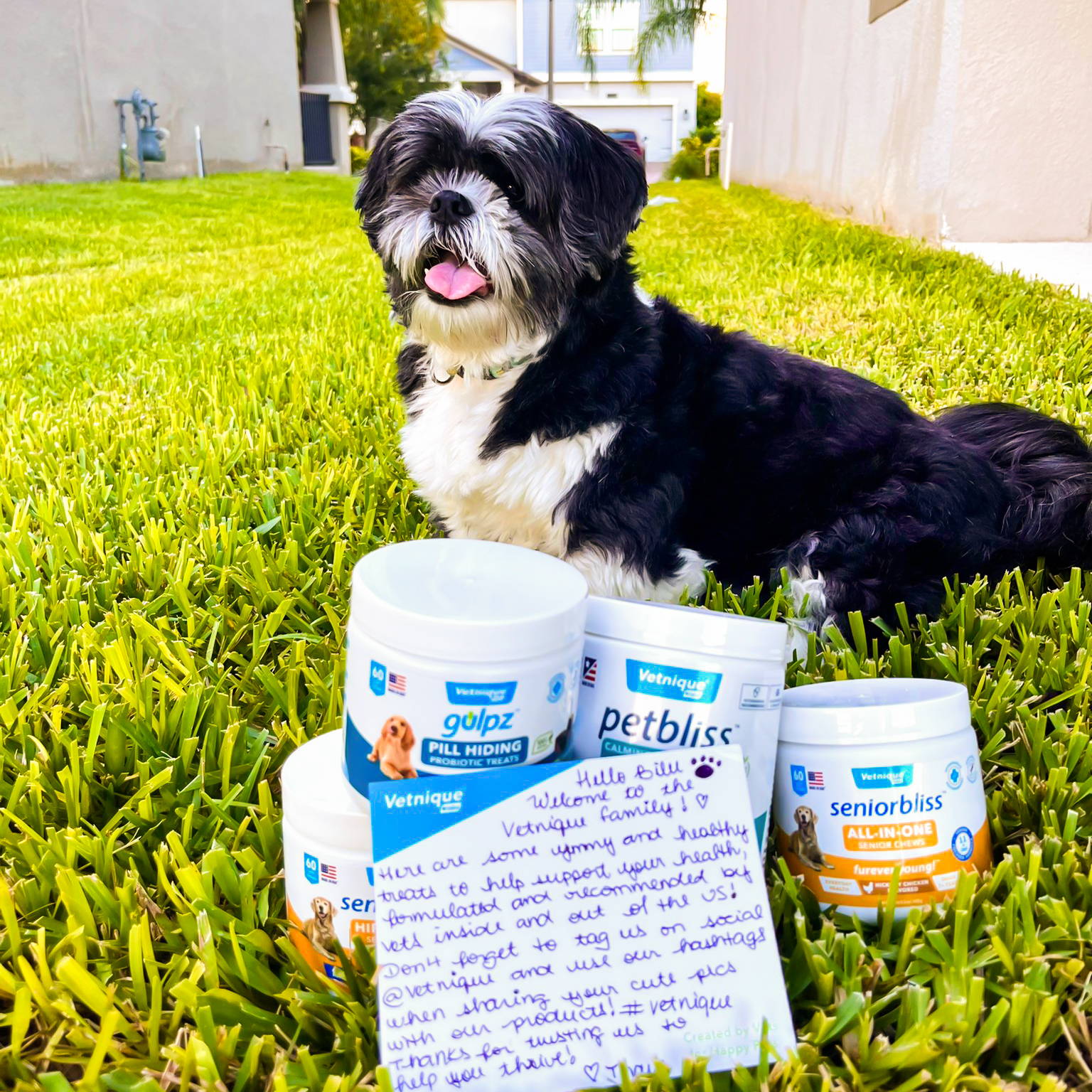Tips for Taming Your Dog’s Bad Breath
Jump to Section
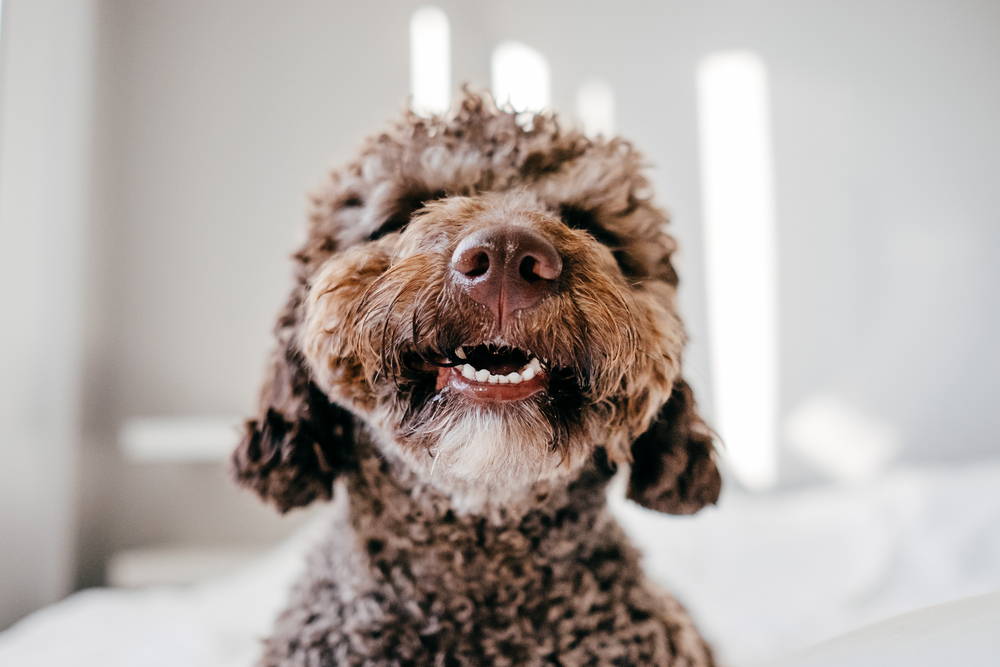
We love our four-legged friends, no matter what their breath smells like, but there’s a reason dogs get a bad rap for their breath. “Dog breath” and “puppy breath” imply aromas that are anything but pleasant. Does that mean bad dog breath is normal? The short answer is “no.” And pet parents, you can play a big part in getting your dog’s bad breath back to a better place!
5 types of bad breath in dogs
1. Fish
2. Poop
Have you ever noticed how puppy breath smells like poop? In puppies, stinky breath is expected due to a mix of mother’s milk and digestive enzymes. In adult dogs, it’s not so innocent––it’s likely a sign that your dog has been eating poop, which can be a sign of a deeper issue.
3. Acetone
Chemical scents like acetone can signify that your dog is affected by diabetes, a condition that affects blood glucose levels due to a lack of insulin in the body. Female dogs, obese dogs, and some breeds are at a higher risk for diabetes.
4. Ammonia or urine
Ammonia is another chemical scent that could spell trouble if you detect it on your dog’s breath. Similar to the smell of urine or sweat, ammonia has a distinct stringent scent and most commonly signifies a kidney problem when present on the breath.
5. Rotten garbage
If your dog’s bad breath smells rotten, like garbage, it’s probably a sign of poor dental hygiene. Halitosis is the technical term for bad breath, and dental hygiene is usually the determining factor in how good–or bad–your dog’s breath smells. Your dog’s tartar, plaque, and gum disease should all be addressed if you want rotten garbage breath to disappear!
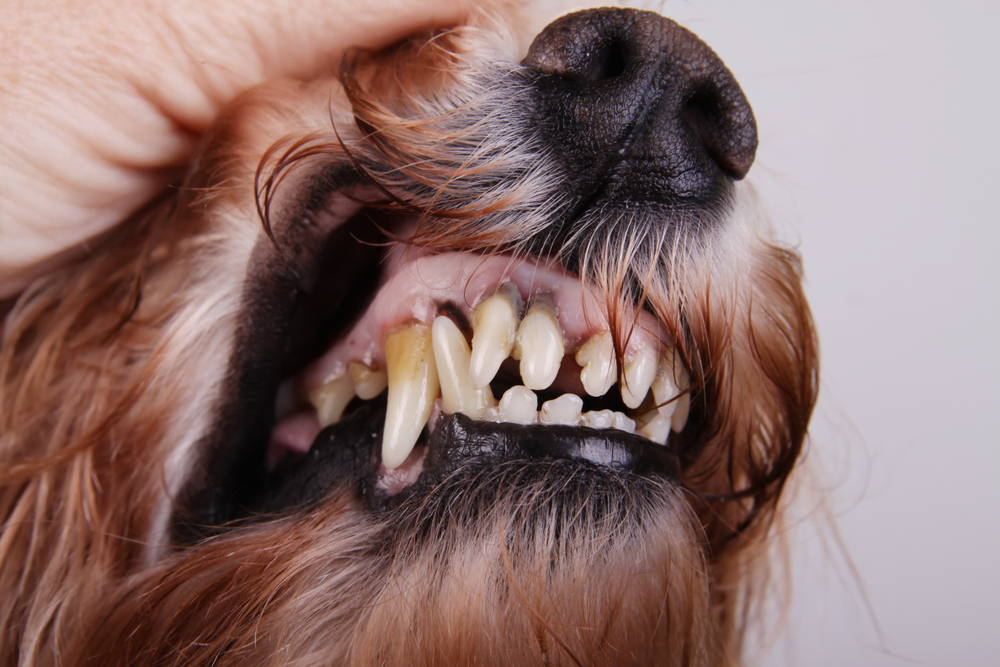
Why some dog breath smells so bad
When thinking about how to improve the health of your dog, bad breath might not be at the top of your priority list. But bad breath is a sign of bacteria in the mouth, meaning your dog’s oral hygiene could suffer. Dog bad breath causes can include:
Poor dental hygiene
It can be easy to forget about practicing oral hygiene with your dog especially if they H-A-T-E being touched in or around the mouth. But poor dental hygiene is one of the most common causes of bad breath in dogs, so don’t overlook this element of your dog’s daily health regimen.
Tooth decay
Poor oral hygiene can lead to tooth decay if left unchecked. Like ours, a dog’s teeth are composed of a hard shell (the enamel) and a soft center (the pulp). Over time, food, saliva, and bacteria in the mouth will form plaque. Plaque and tartar buildup on the tooth’s surface, or enamel, can cause cavities. Once these cavities deepen and grow, they break through the tooth enamel and into the pulp, causing tooth decay.
Gum disease
The buildup of plaque and tartar leads to cavities, but that’s not the only damage they can do. Tooth decay puts dogs at greater risk for periodontal (gum) disease, a severe infection that can cause bad breath and, in extreme cases, deteriorate the jawbone.
Tooth damage
Cracks in the teeth can cause bad breath in dogs due to a buildup of bacteria in the cracks and crevices of the teeth. Dogs can break or crack their teeth on tooth-damaging items like bones, rocks, plastic, and wood.
Dry mouth
Xerostomia is the technical term for dry mouth, a condition where a dog doesn’t produce enough saliva to wash away bacteria and moisten the mouth. Dry mouth is one of the most common causes of bad breath in dogs and is often linked to dehydration, but certain medications, fever, and immune disorders can also cause it.
Abscess
Tooth trauma, an infected tooth, and bacterial infections at the gumline can cause oral abscesses in dogs. Abscesses are filled with pus which means that no matter what’s causing the abscess, an infection is present and needs to be treated by your veterinarian.
Diabetes
Not all causes of bad breath start in the mouth. Diabetes causes the liver to break down fat for energy instead of blood sugar, releasing acidic ketones that can cause diabetic dogs’ breath to take on a sour aroma similar to acetone.
Kidney disease
The function of your dog’s kidneys is to filter out waste and toxins from the body. When the kidneys aren’t working correctly, unfiltered waste can build up in the body and affect the scent of a dog’s breath.
Pica
Pica in dogs is a behavioral issue that causes them to eat things with no nutritional value. These dietary indiscretions can include bizarre items like poop, grass, and dirt that can change the normal scent of your dog’s breath.
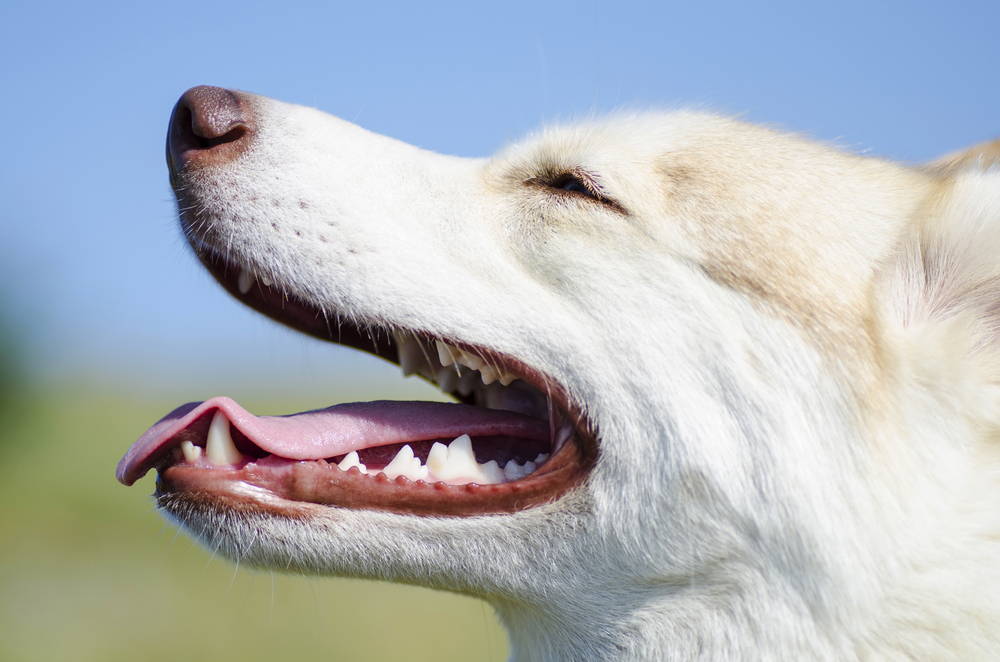
How to tame your dog’s bad breath
How to tackle your dog’s bad breath will depend on the cause, but there are other daily habits you (and your furry friend) can adopt to keep their breath smelling as fresh as possible!
Brush your dog’s teeth
When saliva mixes with food and other debris inside the mouth, tooth decay can occur. Brushing your dog’s teeth daily–or a few times per week–can help prevent plaque buildup that leads to cavities and tooth decay.
Provide tooth-friendly toys
To avoid bad breath caused by cracked teeth and related abscesses, only give your dog soft or pliable toys that won’t damage their teeth. Materials like tough rubber, nylon, and durable silicone are less likely to cause dental disaster!
If your dog gets joy from destroying toys, just make sure to replace softer toys before they can break into pieces that can cause choking or bowel obstructions.
Cut back on treats
Treats with super sticky texture, added sugar or starchy ingredients like corn and wheat starch are more likely to cause plaque buildup––especially if your dog’s teeth aren’t brushed regularly.
Try a tooth gel
Tooth gels for dogs containing antimicrobial ingredients can help clear out bacteria lingering in the mouth. Medicated tooth gels coat the teeth for a more targeted oral treatment that you can do at home. A bonus is that most tooth gels for dogs have pet-safe amounts of peppermint flavor for fresher breath!
Encourage hydration
To reduce the risk of dry mouth–and help flush out food and other debris–do what you can to ensure your dog is drinking enough water. Hydration is essential for whole-body health, including oral hygiene and digestion.
Try a dental stick
Dental sticks can have many incredible benefits for your dog’s oral hygiene. A quality formula will provide a gently abrasive texture for mechanical teeth-cleaning and breath-freshening ingredients. Some formulas might also have a channel for filling a tooth gel, making application even more effortless.
Your dog’s breath might never smell totally minty-fresh, but you can improve your experience when cozying up with your pup! Remember that while your dog’s bad breath is simply unpleasant for you, it could spell serious trouble for your furry friend. Getting ahead of dental issues can help keep your dog healthy for years to come––and reduce your risk of giant dental bills, too!
Join the Pack!
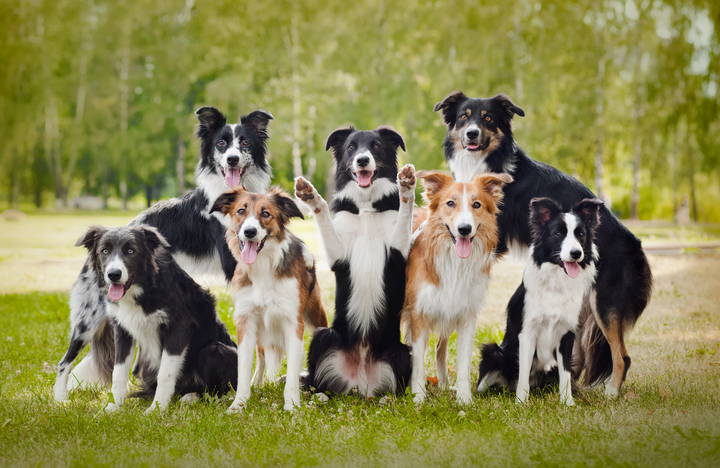
Sign up for exclusive deals, curated pet tips from veterinarians, and product launches!
Pet Parents are Also Reading...
January, 2023
Related Articles
